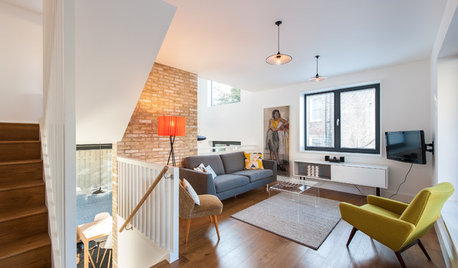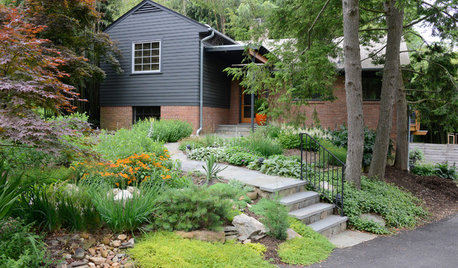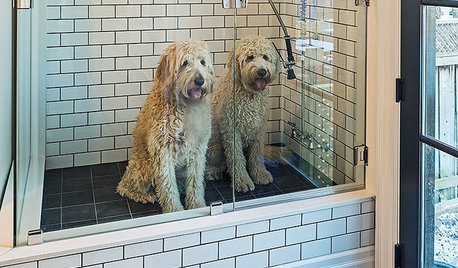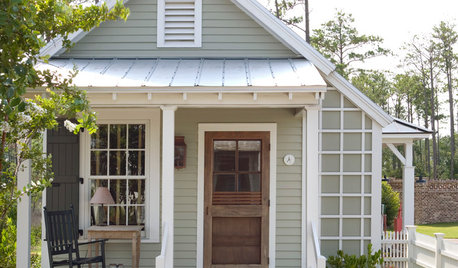what to watch for when leveling A/C Compressor
stash-hdy
14 years ago
Related Stories

CONTEMPORARY HOMESHouzz Tour: Split-Level Home Uses Every Square Foot
A staircase connects levels that share views and light. The result is separate rooms with an open-plan feeling
Full Story
ECLECTIC HOMESHouzz Tour: A Manor Near D.C. Goes From Suburban Modern to Georgian
Newly enclosed spaces and traditional details join eye-popping murals to give a 2002 home some European gravitas
Full Story
BASEMENTS10 Dream Basements for Watching the Big Game
Table games, built-in bars and stadium seating are among the highlights of these ideal Super Bowl party spaces
Full Story
Let's Dish! Did You Watch the Flipping Out Premiere?
Contemporary Remodel Kicks off Design Show's New Season. What Did You Think?
Full Story
RANCH HOMESHouzz Tour: An Eclectic Ranch Revival in Washington, D.C.
Well-considered renovations, clever art and treasures from family make their mark on an architect’s never-ending work in progress
Full Story
THE HARDWORKING HOME8 Laundry Room Ideas to Watch For This Year
The Hardworking Home: A look at the most popular laundry photos in 2014 hints that dog beds, drying racks and stackable units will be key
Full Story
MOST POPULARTrend Watch: 13 Kitchen Looks Expected to Be Big in 2015
3 designers share their thoughts on what looks, finishes and design elements will be on trend in the year ahead
Full Story
LIFEData Watch: What’s Great, and What’s Not, About a Smaller Home
Houzz asked more than 200 U.S. homeowners about life in 1,000 square feet or less. Here’s what they said
Full Story
INSIDE HOUZZData Watch: How People Upgrade Their Yards and What They Spend
The 2017 U.S. Houzz Landscape Trends Study reveals what homeowners care about in their outdoor projects
Full Story
SELLING YOUR HOUSEFix It or Not? What to Know When Prepping Your Home for Sale
Find out whether a repair is worth making before you put your house on the market
Full StoryMore Discussions






maryland_irisman
stash-hdyOriginal Author
Related Professionals
Bell Gardens Solar Energy Systems · Dracut Solar Energy Systems · Gardena Solar Energy Systems · Mesquite Solar Energy Systems · Syosset Solar Energy Systems · Nutley Solar Energy Systems · Inver Grove Heights Solar Energy Systems · Millbrae Home Automation & Home Media · Natick Home Automation & Home Media · Port Washington Home Automation & Home Media · San Diego Home Automation & Home Media · West Chester Home Automation & Home Media · Concord Electricians · Batavia Fireplaces · Hockessin Fireplacesmaryland_irisman